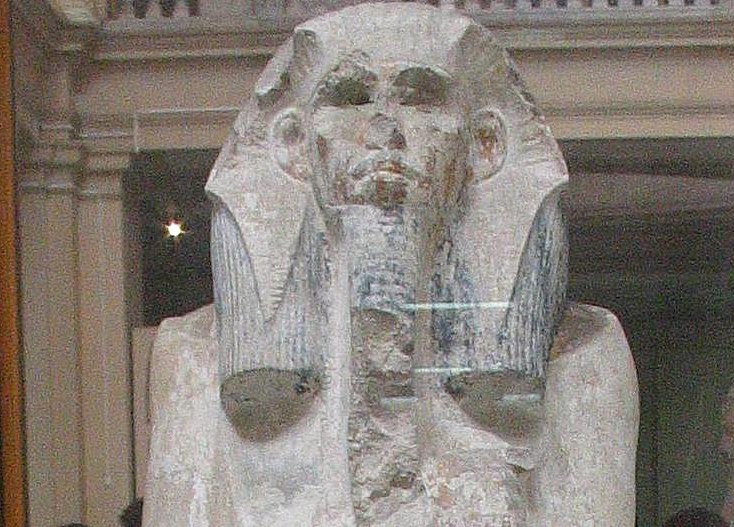Djoser – Most Outstanding King Of The Third Dynasty In Ancient Egypt And His Step Pyramid
Angela Sutherland - AncientPages.com - Djoser was possibly the founder of the Third Dynasty of the Old Kingdom in Egypt. The Old Kingdom began with the third dynasty (2686 BC) and ended with the sixth, about 2333 BC).
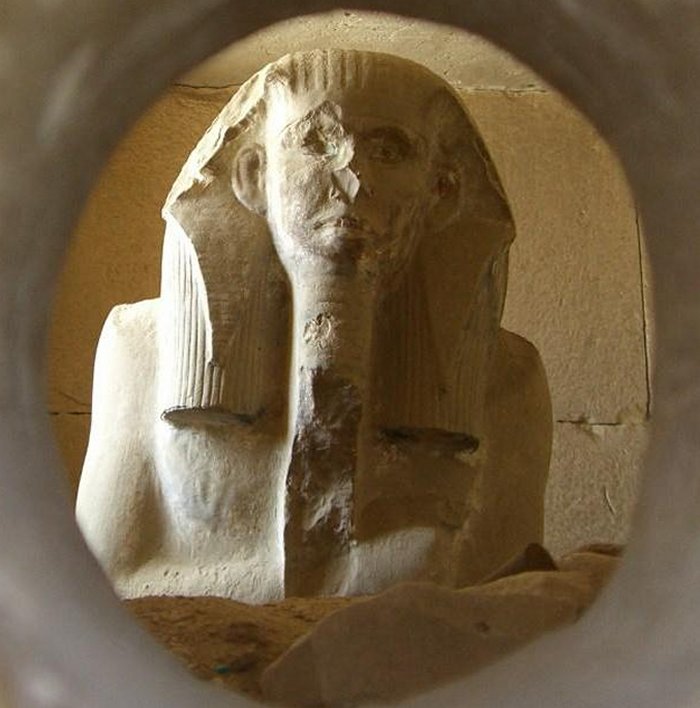 Pharaoh Djoser's Ka Chamber. Image credit: Vincent Brown – source
Pharaoh Djoser's Ka Chamber. Image credit: Vincent Brown – source
Djoser (also known as Zoser) was responsible for the world's first known monumental stone building, the Step Pyramid at Saqqara, built during the Third Dynasty (c. 2686 BC–c. 2613 BC) and became his tomb. Later other pyramids were built.
Little is known about Djoser ( also known as Netjerikhet), who succeeded to the throne when the country of Egypt experienced many political problems and instability. His ambitious goal was to overcome them.
It is believed that Djoser managed to extend and strengthen his rule and reach as far as Aswan, the First Cataract (later the official southern boundary of Egypt). During his reign, Egypt was politically stable, with a flourishing economy.
At the same time, however, it is also known that for seven years in a row, the Nile River had failed to rise high enough to irrigate the fields, and in consequence, his people experienced the devastation of crops and starvation. Djoser had to act quickly, so he consulted his chief advisor Imhotep about the source of the inundation, who, in turn, discovered that Hapi (Hapy), the early Egyptian god of the Nile and the spirit of the inundation, lived in twin caverns located under the island of Elephantine. When it was time for the Nile to rise, the ram god Khnum controlled the floodwaters, who alone could unbolt the door of the caverns. When Djoser heard this, he made lavish offerings to Khnum.
That night in a dream, Khnum promised Djoser that he would release Hapi, so it happened. The seven-year-long drought and associated famine subsequently ended with a plentiful harvest.
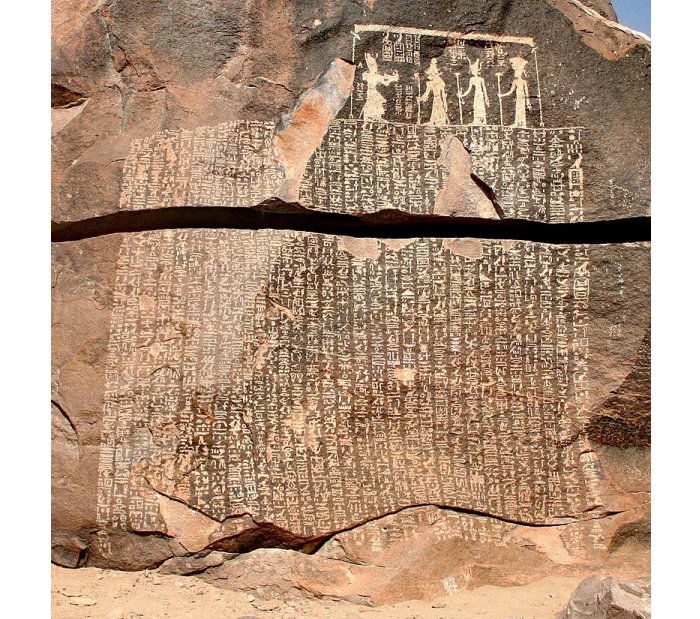 The Famine Stela, mentioning Djoser. Image credit: Morburre - CC BY-SA 3.0
The Famine Stela, mentioning Djoser. Image credit: Morburre - CC BY-SA 3.0
The Pharaoh Djoser is associated with a massive and innovative structure known as the Step Pyramid. Imhotep primarily supported his building project, the Pharaoh's genius designer, and his vizier, who decided to build a gigantic stone mastaba. During the construction, they made another mastaba on top of the first and another on top of the second. They continued this process until they had enlarged the structure into the world's first pyramid. It was called a "step pyramid," made of limestone.
It consisted of six terraces some 200 feet (60 m) high, a base measuring approximately 125 x 109 meters, and only one close-fitting corridor leading to the close center of the monument and ending in a rough chamber where the entrance to the tomb shaft was once hidden.
Djoser (Zoser), whose name means as much as the 'saint,' was the son of queen Nimaathap and king Khasekhemwy (ca. 2690 BC), the last Pharaoh of the Second Dynasty of Egypt. However, very little is known about this great personality of ancient Egypt.
He took the throne after the death of his elder brother. In the first period of the reign, the mother ruled as regent because of her son's young age. He probably led initially from Abydos but then from Memphis.
 King Djoser's name and titles appear between the 'djed pillar and 'tyet' amulet, followed by Imhotep's titles beginning 'The Treasurer of the King of Lower Egypt,' on this broken-off statue base. (Artifact is stored in Cairo Museum.)
King Djoser's name and titles appear between the 'djed pillar and 'tyet' amulet, followed by Imhotep's titles beginning 'The Treasurer of the King of Lower Egypt,' on this broken-off statue base. (Artifact is stored in Cairo Museum.)
Historically, Djoser became the ruler of Upper and Lower Egypt, the first king of the third dynasty of the old state period, and reigned in 2690-2670 BC (or 2720-2700 BC). Some other sources, however, even propose the date 2686-2667 BC. Until the end of the history of ancient Egypt, he was considered a highly respected and profoundly honored ruler.
Many Treasures Robbed From The Step Pyramid
Unfortunately, the pyramid - the tallest and most massive building of the complex covering 40 acres (16 hectares) that included courtyards, shrines, and the priests' living quarters – was not protected enough from looters.
Still, excavations revealed plenty of stone vases under the pyramid. In one of the passages, archaeologists discovered some of Djoser's remains and a mummified left foot probably belonging to the king. Among other discoveries is an alabaster coffin containing a young, perhaps eight-year-old child, accompanied by other deceased of the royal family. These valuable goods - decorated with still recognizable names of earlier Egyptian kings – still represent beautiful forms and high-quality artistry.
Other findings include two boundary stones in the king's Heb Sed court, located within his pyramid complex. Djoser is also shown performing the Heb Sed in a false doorway inside his pyramid.
Statue of Djoser in Cairo Museum. This statue was originally in the serdab in the step pyramid complex. Egyptian Museum - Copyrighted free use
A box-like structure (in Arabic: serdab) made of Tura limestone, used in the wealthiest tombs, was discovered during the excavations of the pyramid. Within the serdab - with two small holes pierced through its front-facing slope - there was a life-size seated figure of Djoser.
Archaeologists and other experts consider this sculpture the oldest sculpted royal figure from Egypt. The artwork depicts "the king closely wrapped in a long white cloak, probably used in the king's jubilee or heb-sed festival.
Food offerings and incense would have been placed on an altar before the two small eyeholes in the wall of the serdab, enabling the ka (the spirit of the king) to partake of the spirit substance - while, at the end of the day, the mortuary priests could enjoy the material substance of the offerings." 1
Serdab of Djoser's Pyramid. Image credit: Jon Bodsworth – source
Perhaps, the great Pharaoh Djoser is forgotten today. Still, his and Imhotep's creation - considered the House of the Soul - created a deep, long-lasting impression for millennia. The pyramid of Pharaoh Djoser and its surrounding funeral complex is today recognized worldwide as the first building built entirely of stone.
After a reign of approximately nineteen years, Djoser died and was succeeded by Sekhemkhet around 2649 BC. Building such a massive structure as the Step Pyramid took minimal time. Still, he managed to finish this project working with Imhotep, which was well-functioning cooperation.
Written by – A. Sutherland - AncientPages.com Senior Staff Writer
Updated on January 27, 2023
Copyright © AncientPages.com All rights reserved. This material may not be published, broadcast, rewritten or redistributed in whole or part without the express written permission of AncientPages.com
Expand for references- Clayton, Peter A, Chronicle of the Pharaohs
History, Captivating. Ancient Egypt
Bunson, M. The Encyclopedia of Ancient Egypt.
More From Ancient Pages
-
 Mysterious La Berta – ‘Petrified’ Stone Head And The Curse Of Cecco d’Ascoli Who Was Burned At The Stake
Featured Stories | Jul 29, 2019
Mysterious La Berta – ‘Petrified’ Stone Head And The Curse Of Cecco d’Ascoli Who Was Burned At The Stake
Featured Stories | Jul 29, 2019 -
 Voice Belonging To 3,000-Year-Old Egyptian Mummified Priest – Recreated
Archaeology | Jan 28, 2020
Voice Belonging To 3,000-Year-Old Egyptian Mummified Priest – Recreated
Archaeology | Jan 28, 2020 -
 On This Day In History: Statue of Liberty Arrived In New York Harbor – On June 17, 1885
News | Jun 17, 2016
On This Day In History: Statue of Liberty Arrived In New York Harbor – On June 17, 1885
News | Jun 17, 2016 -
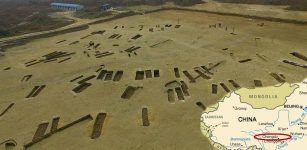 Underground Bronze Treasures Unearthed In 2,300-Year-Old Chengdu, China’s Sichuan Province
Archaeology | Mar 7, 2017
Underground Bronze Treasures Unearthed In 2,300-Year-Old Chengdu, China’s Sichuan Province
Archaeology | Mar 7, 2017 -
 Mysterious Engraved Bones Discovered On The Island Of Janitzio In Michoacán, Mexico
Archaeology | Jun 25, 2024
Mysterious Engraved Bones Discovered On The Island Of Janitzio In Michoacán, Mexico
Archaeology | Jun 25, 2024 -
 Forbidden Ancient Manuscripts Almost Erased From History – Unusual Myths, Beliefs And Practices – Part 2
Artifacts | May 11, 2018
Forbidden Ancient Manuscripts Almost Erased From History – Unusual Myths, Beliefs And Practices – Part 2
Artifacts | May 11, 2018 -
 The Egyptian Dream Book Reveals Ancient Predictions Of The Future
Egyptian Mythology | Jun 6, 2020
The Egyptian Dream Book Reveals Ancient Predictions Of The Future
Egyptian Mythology | Jun 6, 2020 -
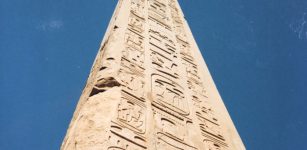 How On Earth Did The Ancient Egyptians Raise Their Colossal Obelisks?
Featured Stories | Feb 14, 2022
How On Earth Did The Ancient Egyptians Raise Their Colossal Obelisks?
Featured Stories | Feb 14, 2022 -
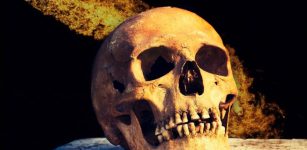 New System Will Give Stone Age Skeletons And Mummies Unique Names
Archaeology | Oct 2, 2024
New System Will Give Stone Age Skeletons And Mummies Unique Names
Archaeology | Oct 2, 2024 -
 Gigantic Horizontally Lying Stones Of Ancient City Of Baalbek
Civilizations | Mar 10, 2017
Gigantic Horizontally Lying Stones Of Ancient City Of Baalbek
Civilizations | Mar 10, 2017 -
 Strange Ancient Mechanical Flying Animals – Mystery Of The Air Castle – Part 2
Featured Stories | Mar 31, 2020
Strange Ancient Mechanical Flying Animals – Mystery Of The Air Castle – Part 2
Featured Stories | Mar 31, 2020 -
 On This Day In History: Battle Of San Domingo Was Fought – On February 6, 1806
News | Feb 6, 2017
On This Day In History: Battle Of San Domingo Was Fought – On February 6, 1806
News | Feb 6, 2017 -
 On This Day In History: King Louis XVI Of France Was Put On Trial For Treason – On Dec 11, 1792
News | Dec 11, 2016
On This Day In History: King Louis XVI Of France Was Put On Trial For Treason – On Dec 11, 1792
News | Dec 11, 2016 -
 God Of The Gallows And How Odin Hanged Himself From Yggdrasil To Know Secrets Of Runes
Featured Stories | May 7, 2018
God Of The Gallows And How Odin Hanged Himself From Yggdrasil To Know Secrets Of Runes
Featured Stories | May 7, 2018 -
 Baku’s Mysterious Maiden Tower – Legend Of The Daughter Of Fire Who Saved The Sacred Temple May Be True
Featured Stories | Jul 5, 2021
Baku’s Mysterious Maiden Tower – Legend Of The Daughter Of Fire Who Saved The Sacred Temple May Be True
Featured Stories | Jul 5, 2021 -
 Tuonela – The Land Of The Dead In Beliefs Of Ancient Finnish People
Featured Stories | Nov 9, 2021
Tuonela – The Land Of The Dead In Beliefs Of Ancient Finnish People
Featured Stories | Nov 9, 2021 -
 Drinking Horn: Important Yule Symbol And Its Connection To Biblical Magi And Christmas
Christmas Traditions | Dec 25, 2024
Drinking Horn: Important Yule Symbol And Its Connection To Biblical Magi And Christmas
Christmas Traditions | Dec 25, 2024 -
 Ashurbanipal – Last Great Ruler Of Assyria And His Famous Well-Organized Library
Featured Stories | Jun 21, 2021
Ashurbanipal – Last Great Ruler Of Assyria And His Famous Well-Organized Library
Featured Stories | Jun 21, 2021 -
 Piecing Together Scotland’s Religious Past With Shards Of Glass
Archaeology | Feb 28, 2023
Piecing Together Scotland’s Religious Past With Shards Of Glass
Archaeology | Feb 28, 2023 -
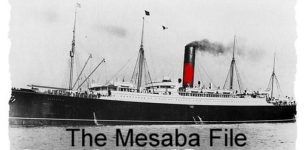 Steamship SS Mesaba Sent Warning To RMS Titanic In 1912 – Her Wreck is Now Identified
Archaeology | Sep 27, 2022
Steamship SS Mesaba Sent Warning To RMS Titanic In 1912 – Her Wreck is Now Identified
Archaeology | Sep 27, 2022

